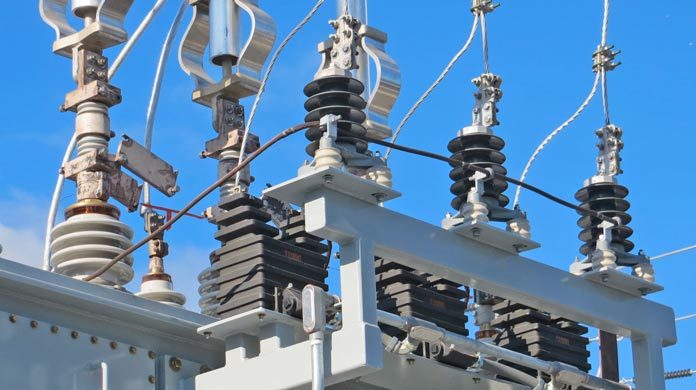
EIA expects the share of U.S. total utility-scale electricity generation from natural gas will fall from an average of 34% as in 2016 to about 31% in 2017 as a result of higher natural gas prices and increased generation from renewables and coal.
There are many factors that influence electricity and gas prices. Electricity prices generally reflect the cost to build, finance, maintain, and operate power plants and the electricity grid.
Several key factors influence the price of electricity:
- Fuels: Fuel costs can vary, depending on the per-unit cost of the fuel, such as dollars per ton for coal or thousand cubic feet for natural gas. Power plants generally use electricity generators with relatively high fuel costs during periods of high demand.
- Power plants: Each power plant has construction, maintenance, and operating costs.
- Transmission and distribution system: The electricity transmission and distribution systems that deliver electricity have maintenance costs, which include repairing damage to the systems from accidents or extreme weather conditions.
Natural gas prices are a function of market supply and demand. Because of limited alternatives for natural gas consumption or production in the near term, even small changes in supply or demand over a short period can result in large price movements that bring supply and demand back into balance.
Here are the major factors that affect gas prices:
For supply:
- Amount of natural gas production
- Level of natural gas in storage
- Volumes of natural gas imports and exports
For demand:
- Variations in winter and summer weather
- Level of economic growth
- Availability and prices of competing fuels
Anyone who has paid bills in the past few years can certify that life on the whole is becoming more expensive. As ready access to natural resources diminish, the cost of the fuels we rely on to keep us living in comfort increase. Unfortunately, this is not an isolated phenomenon, but a global trend spreading across all continents. No matter where we live or what job we have, we pay more to keep our homes warm, our fridges full and our cars operating.
Restaurants in the U.S. have one of the greatest energy intensities of any type of commercial building—an average of 38 kilowatt-hours (kWh) of electricity and 111 cubic feet of natural gas annually per square foot (ft2).
So how does the increase in electricity and gas prices affect the food industry such as restaurants?
The current global food system is highly fuel- and transport-dependent. The connection between food and oil is systemic, and the prices of both food and fuel have risen and fallen more or less in tandem in recent years. Energy prices have a big effect on the food sector. Some of these are fairly obvious. When higher oil prices result in higher prices for gasoline and diesel fuel, it costs more to get products from farms to final consumers. Whether a food item is moved by ship, train, semi or pickup, the price of fuel will affect the cost of transportation, and higher transportation costs generally mean higher food prices.
Every meal served at restaurants includes hidden costs determined by the rising energy costs. Generally speaking, cooking and refrigerating food, but also keeping storage spaces to specific conditions and ventilating spaces properly are energy-consuming activities that must go on for long schedules. Because of food safety issues, restaurant kitchens cannot afford to cut back on service quality and therefore must increase their prices. Apart from this, getting the food from the source to the restaurant’s storage area falls under the pressure of transportation fuel costs.
To learn more about electricity and gas prices with United Energy Consultants, please visit their website.























